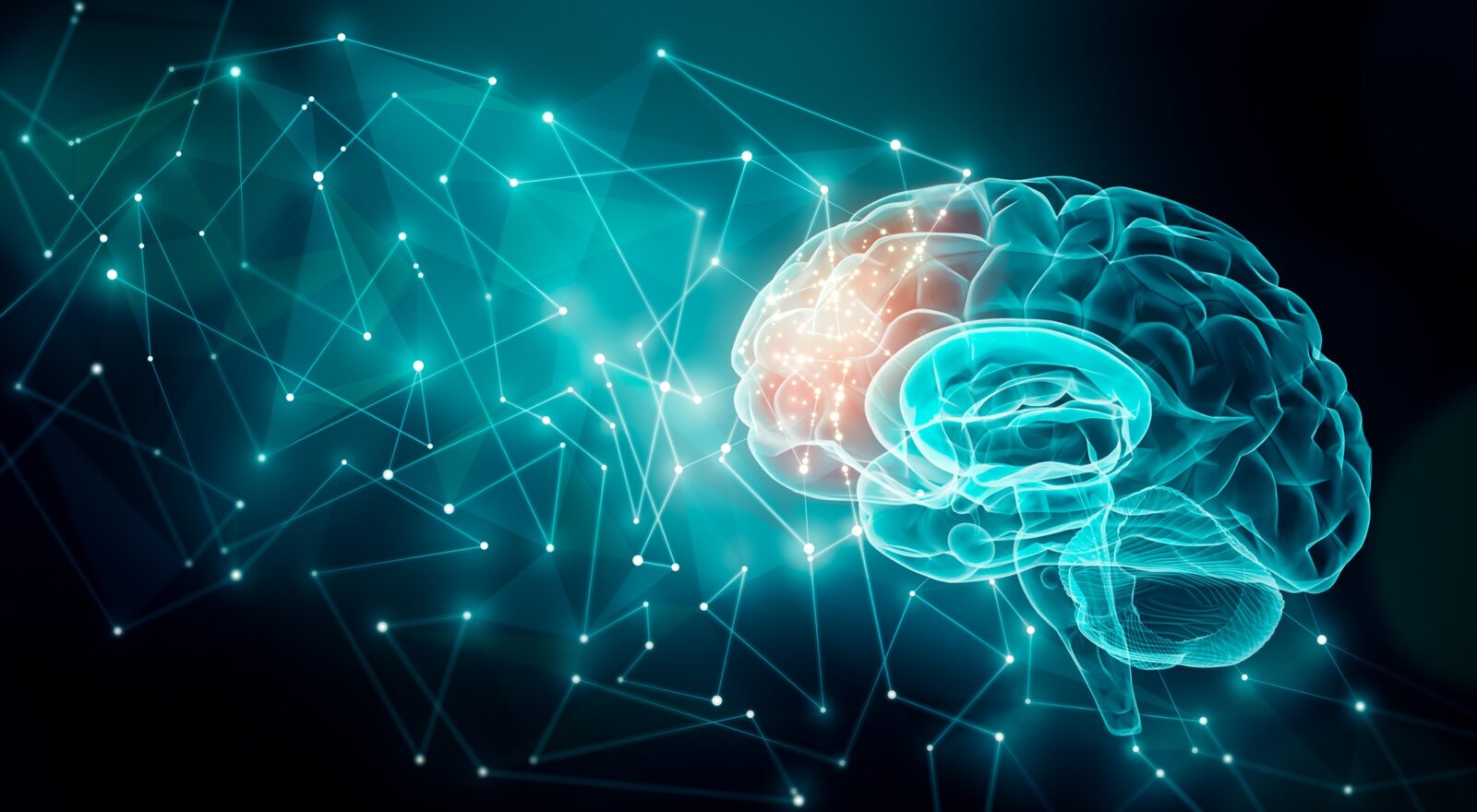
Trento, Italy, sees the first digitized atlas of the human brain
The neurosurgery international scientific community will gather in Trento for the “Connect brain” conference June 13 through 15. Neuroscientists from around the world will be participating in the event. An opportunity to learn about and test an innovative technology that reconstructs maps of brain connections. A useful tool against head tumors.
Treating brain tumors represents one of the biggest challenges in the field of medicine and oncology. So does understanding the brain for those in neuroscience. In recent years, these areas have experienced considerable development, thanks in part to technology and instrument innovations that have made it possible to achieve results unthought of until recently.
In Trento, thanks to the collaboration of the three main local stakeholders in neuroscience research – the University of Trento, Fondazione Bruno Kessler and Azienda Provinciale per i Servizi Sanitari – the first functional brain atlas obtained by integrating resting functional magnetic resonance imaging data from healthy subjects with electrical stimulation data collected during brain tumor removal surgeries has been completed. A complex computer integration of these two valuable pieces of information, based on artificial intelligence methods, enabled the exact definition of the distribution of areas of the brain that are essential for 12 different functions. And it has helped elucidate the brain connection pathways between them thanks to an additional and advanced MRI method, tractography, which allows visualization of brain fibers.
This is the result of the “NeuSurPlan” clinical research project, which started in 2021 and is funded by the Autonomous Province of Trento. The goal is to support technology transfer. To help clarify functional brain anatomy. And transform scientific discoveries made in the lab into treatment and surgery applications.
This is not the only achievement that the interaction between clinical, neurosurgical and basic research has ensured. The integration of experience and expertise from each institution involved has enabled the creation of the first automated system to explore brain function at the cortical level. A software that allows to obtain through a short 11-minute MRI sequence a map of different brain functions that can be used both as a tool for surgical planning, and thus reduce the risk of damage to functional brain tissue, and to understand the mechanisms of neuronal reorganization and plasticity over the course of patients’ disease.
Finally, the coupling of clinical and laboratory work has enabled the Trentino researchers to create the first digitized atlas of cerebral white matter obtained by integrating anatomical micro-dissection of brain fibers with magnetic resonance tractography studies. A tool made available online (bradipho.eu) and constituting a unique resource for teaching and learning about the anatomy of the major connecting pathways of the human brain.
In a context in which Italian neurosurgery has achieved international prominence, the “Connect brain” conference is an opportunity to talk about new frontiers in research and surgery. Now in its third edition (the first was in 2015, the second in 2019), the event takes place in Trento June 13 through 15.
“This is actually a course,” explained Silvio Sarubbo, professor at the Interdepartmental Center for Medical Sciences at the University of Trento and director of the Neurosurgery Complex Operative Unit at the Santa Chiara Hospital in Trento, Italy, “created with the idea of bridging basic neuroscience and clinical, neurology and neurosurgery research. A synergy that has practical implications for the treatment of patients with brain tumors.”
An initiative with a strong interdisciplinary imprint. “Our contribution,” said Jorge Jovicich, scientific coordinator of the neuroimaging laboratory with the interdepartmental Mind/Brain Center at the University of Trento, “is to provide the Neurosurgery Operating Unit with a functional imaging diffusion data acquisition protocol and tools to analyze these data jointly. Both to plan surgery and to analyze postoperative progress to monitor the patient’s cognitive recovery.”
Artificial intelligence plays an important role in the development of clinical neuroscience
.”A strange “short-circuit” is starting to be seen. On the one hand, ” stressed Paolo Avesani, head of Fbk’s Neuroinformatics laboratory, ”neuroscience is trying to explain how the brain works. On the other, artificial intelligence tries to replicate it. There is a mutual benefit between these two disciplines that is also having positive feedback for clinical activity.”
“Connect brain” will bring neuroscientists from around the world: neurologists, neurophysiologists, neurosurgeons, oncologists and radiation oncologists, experts in advanced neuroradiological imaging, and neuroinformaticians to the capital of Trentino, who will discuss new evidence concerning the functioning of the human brain and the most advanced techniques to study it and intervene with increasingly precise and personalized surgical and medical treatments.
More than one hundred people have registered and the speakers are fifty, coming from different European countries, the United
States and Canada. Thursday and Friday are devoted to study, debate, and lectures by the speakers. On Saturday, a hands-on session is scheduled with some new tools developed as part of the collaboration between Fbk, University of Trento and Apss.
Participants will be able to try their hand at the latest applications of technology for the treatment of brain neoplasms, and more generally of movement disorders. They will be able to use these tools, learn how to use resting functional MRI, and consult maps regarding both the structure of the brain and its functions.
For more information about “Connect brain”, please follow this link: hhttps://www.apss.tn.it/Novita/Eventi/Connect-Brain-vol.-III
UniTrento/Apss/Fbk (p.s) press release


